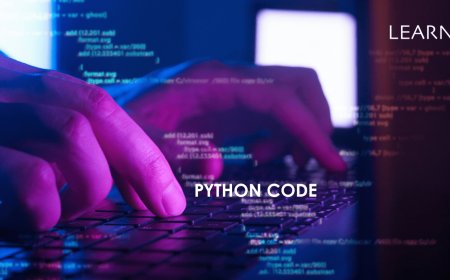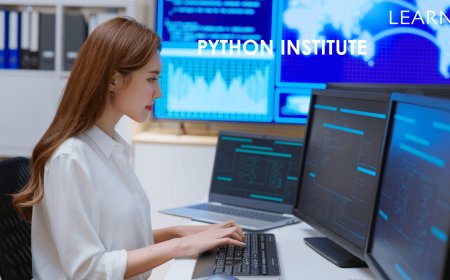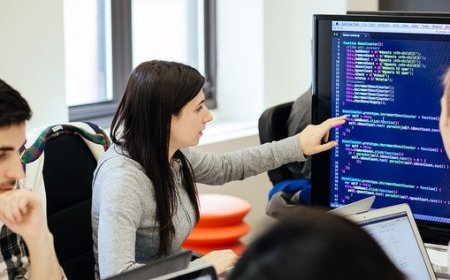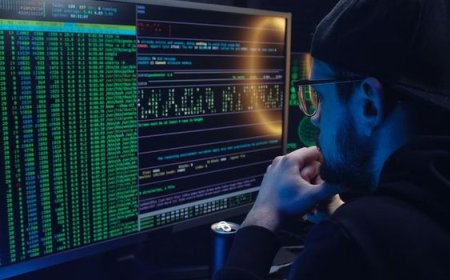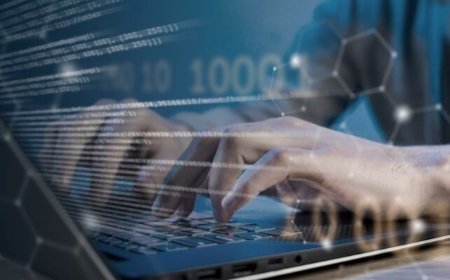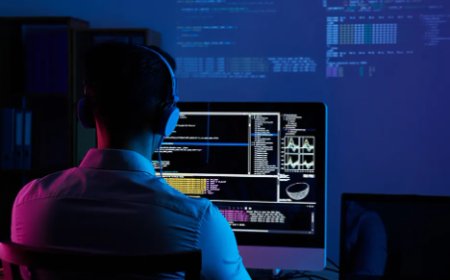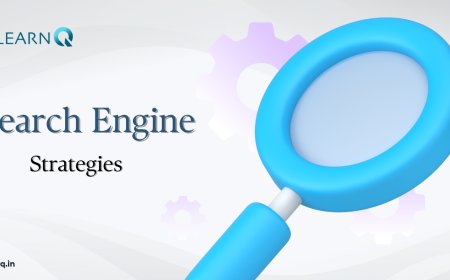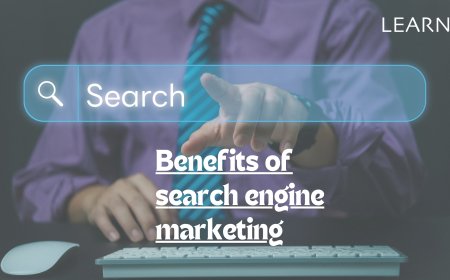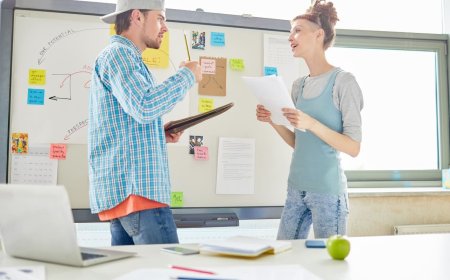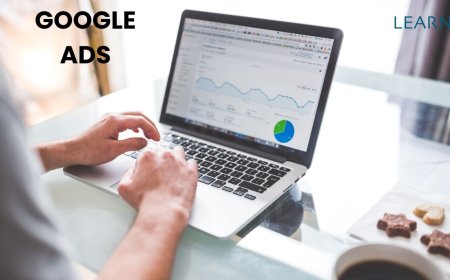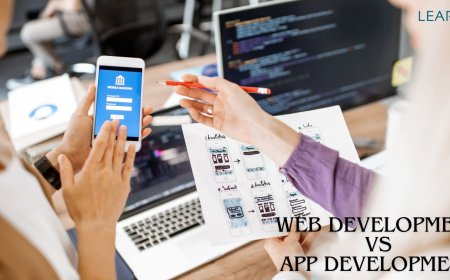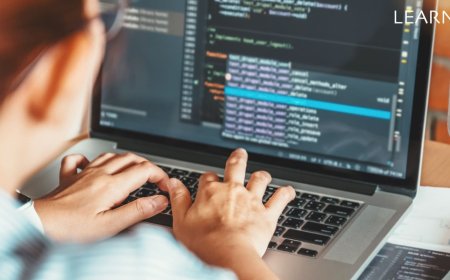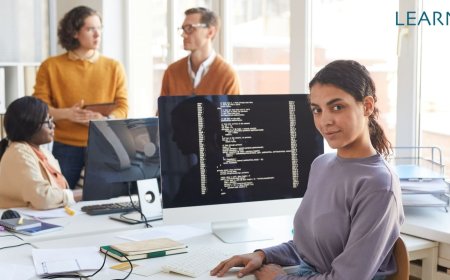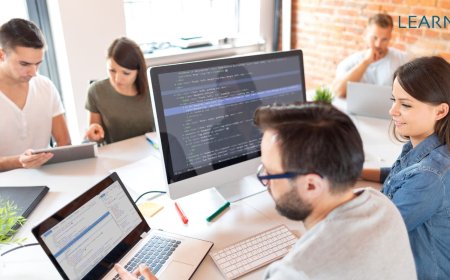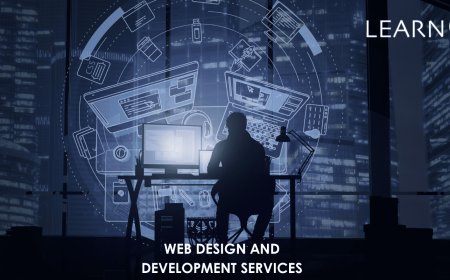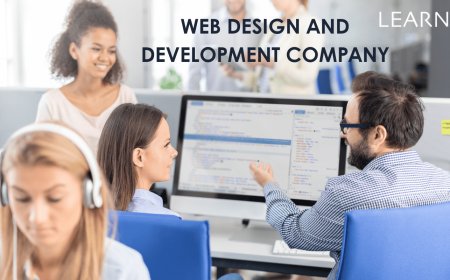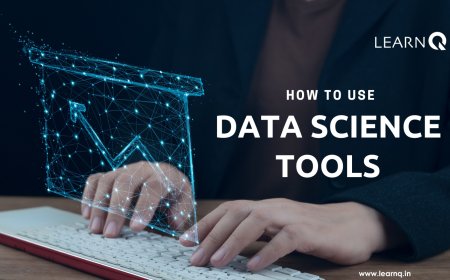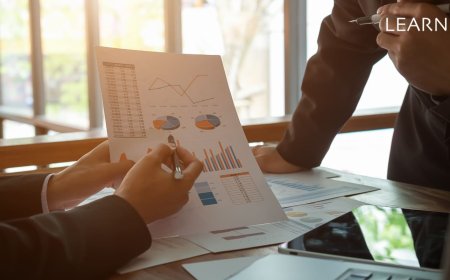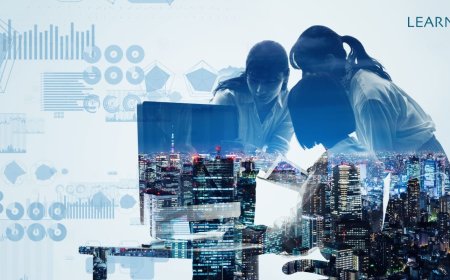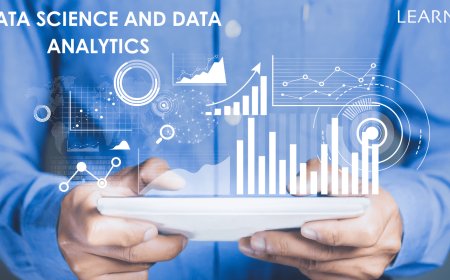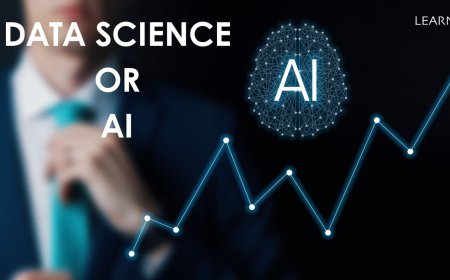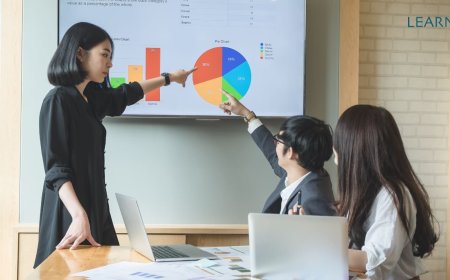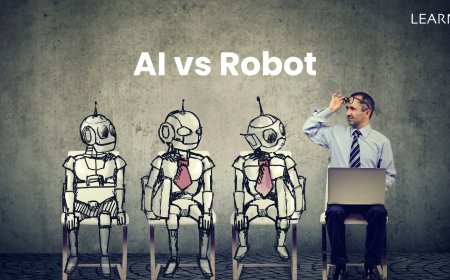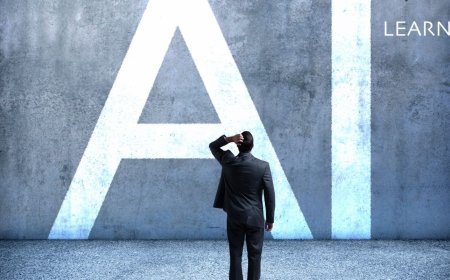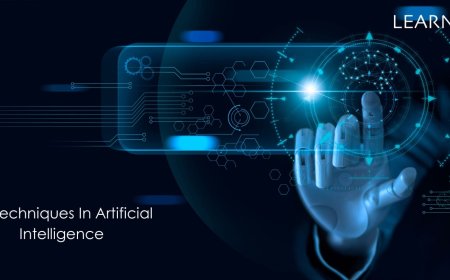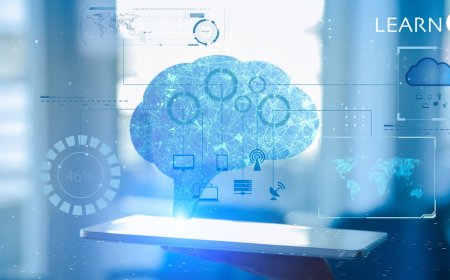In Artificial Intelligence (AI), different areas of study are coming together to make big progress. One of these important areas is Computer Vision. This part of AI is all about teaching computers to see and understand pictures and videos, kind of like how we do with our eyes. It uses lots of different methods from machine learning, robotics, deep learning, and more to help computers make sense of what they see. Computer Vision is all about using smart programs to get useful information from pictures and videos. These could be from cameras or sensors capturing real-life scenes. Machine learning is a big part of this. It helps computers learn from big sets of data so they can recognize objects, spot unusual things, and figure out what's happening in a picture or video.
Deep learning is a really important part of Computer Vision. It's a special kind of learning that helps computers build up complex ideas from simpler ones, kind of like how our brains work. With deep learning, we can teach computers to understand images in amazing detail, like telling what objects are in a picture or where they are. When we combine Computer Vision with robotics, we can create smart machines that can see and interact with the world all by themselves. This is helpful in things like self-driving cars or robots that can do tricky tasks without help.
Another cool thing about Computer Vision is how it works with natural language processing. This helps computers understand and talk to people more naturally. Together, these technologies are changing lots of different industries like healthcare, farming, shopping, and entertainment. They're making things better, helping people do more, and opening up lots of new opportunities for making things even cooler in the future.
How Computer Vision Is Changing AI: Seeing Things in a New Way
In smart machines, one big thing making a difference is computer vision. It's all about teaching computers to understand what they see, kind of like how people do. By mixing fancy math with lots of pictures, computers can now spot objects, notice patterns, and even figure out how someone feels just by looking at photos or videos. This mix of computer vision with other cool stuff like talking to computers (NLP), robots, and smart machines is making some pretty amazing things happen. Think self-driving cars figuring out tricky streets or machines in hospitals helping doctors find diseases faster. Computer vision isn't just for one thing it's helping out in lots of areas.
And it's not stopping there. In the future, things are only going to get better. Computers will get faster and smarter, making them even better at understanding what they see. Plus, we'll start combining computer vision with other neat stuff like virtual reality and smart gadgets, which will change how we do things in lots of different fields. So, computer vision isn't just some fancy tech thing. It's a big deal because it's changing how machines see and understand the world around us. And with all the cool stuff happening, it's just getting started.
Understanding the Challenges of Seeing Things for AI
Artificial intelligence (AI), how AI sees things is important. But as AI gets smarter, seeing things becomes more complicated. Let's take a closer look at the tricky problems that come up when AI tries to understand what it sees.
1. Making Sense of Tricky Data:
AI systems get loads of different kinds of data. But sometimes, this data is confusing, and there can be more than one way to understand it. This makes it tough for AI to figure out the right way to see things.
2. Getting the Big Picture:
AI needs to understand what's happening around it. But this can be hard, especially when things are always changing. AI might struggle to keep up with different situations, leading to mistakes or misunderstandings.
3. Handling Doubts:
When things get complicated, AI can't always be sure about what it sees. Things like background noise or things blocking the view can make it unsure. AI has to be good at guessing and making decisions even when it's not completely sure.
4. Dealing with Biases:
Just like people, AI can be influenced by biases. This means it might see things in a way that's not completely fair or accurate. If AI learns from data made by people, it can pick up those same biases, which isn't good.
5. Thinking About What's Right:
When AI makes mistakes or sees things in a biased way, it can cause serious problems. It might affect important decisions in areas like health, law, or money. Making sure AI sees things fairly and responsibly is important to avoid causing harm.
What is Computer Vision, and How Does it Work?
Computer Vision is like giving eyes to computers so they can understand pictures and videos, just like humans do. It helps machines see and make sense of visual information using smart computer programs. These programs use special tricks to figure out what's in a picture or a video, like recognizing objects, finding faces, or understanding how things are arranged in a scene. To do this, computers use cameras or sensors to capture images, and then they use fancy algorithms (smart rules) to understand what's going on in those images. Computer Vision is used in lots of things like self-driving cars, medical scans, face recognition, and even cool stuff like augmented reality.
Making Sense of Computer Vision: Understanding the Basics and Real-World Uses
Computer vision is a part of smart machines that helps them understand what they see. It's super useful in lots of areas like self-driving cars and medicine. In this blog, we'll talk about what computer vision is, what it does, and what cool things it's used for.
Understanding Computer Vision
Computer vision is like teaching computers to see and understand pictures and videos, just like we do. It uses fancy math and techniques to help machines figure out what's in an image or video.
Important Parts of Computer Vision
1. Taking Pictures: This is just like using a camera to take photos.
2. Cleaning Up Pictures: We tidy up the images to make them clearer for the computer to understand.
3. Finding Patterns: Computers look for important things in the pictures, like shapes or textures.
4. Spotting Objects: Computers can find and recognize things in pictures, like dogs or cars.
5. Splitting Up Pictures: Sometimes, we need to divide pictures into parts to understand them better.
6. Understanding Scenes: Computers don't just see objects; they try to understand what's happening in a whole scene.
Real-Life Uses of Computer Vision
1. Self-Driving Cars: They use computer vision to see the road, spot obstacles, and drive safely.
2. Security Cameras: They watch over places and can alert us if something strange happens.
3. Healthcare: Doctors use it to look at medical images like X-rays and MRIs to diagnose illnesses.
4. Shopping: Stores use it to keep track of what's on their shelves and to see what customers are interested in.
5. Fun Stuff like AR and VR: Computer vision makes cool games and apps that mix the digital world with the real one.
6. Factories: Machines use computer vision to check if products are made correctly and spot any mistakes.
Challenges and What's Next
Computer vision still has some problems, like working well in different lighting or when things are blocking the view. We also need to make sure it's fair and safe to use. In the future, computer vision will get even better with new tech and ideas. It'll be used in even more things, making our lives easier and more interesting.
Learning about computer vision shows us how artificial intelligence and understanding visuals come together. It's like taking a fascinating trip into how machines see and understand the world around us. We've seen that they can look at images, understand them, and sometimes even do it better than humans can. Understanding how computer vision works gives us insights into how it's used in different areas like self-driving cars, medical tests, security cameras, and cool stuff like augmented reality. As technology gets better and we understand more, it's clear that computer vision could change how we see and understand things in the future. It opens up lots of new possibilities and cool advances.
